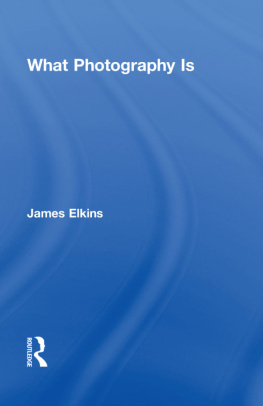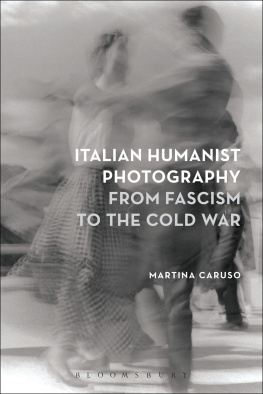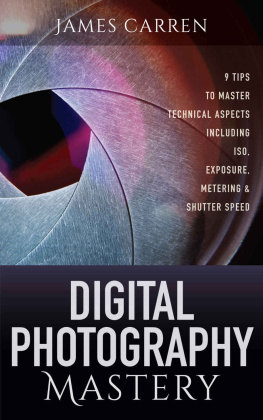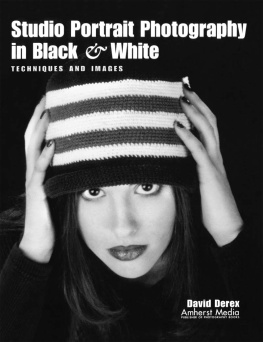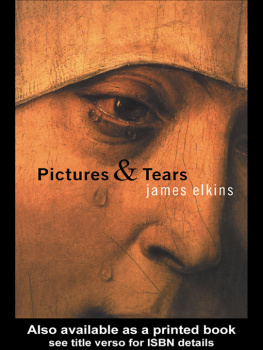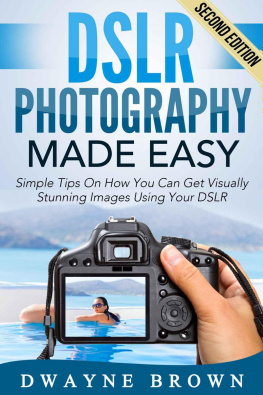
What Photography Is
In What Photography Is, James Elkins examines the strange and alluring power of photography in the same provocative and evocative manner as he explored oil painting in his best-selling What Painting Is. In the course of an extended imaginary dialogue with Roland Barthess Camera Lucida, Elkins argues that photography is also about meaninglessnessits apparently endless capacity to show us things that we do not want or need to seeand also about pain, because extremely powerful images can sear permanently into our consciousness. Extensively illustrated with a surprising range of images, the book demonstrates that what makes photography uniquely powerful is its ability to express the difficultyphysical, psychological, emotional, and aestheticof the act of seeing.
James Elkins is E.C. Chadbourne Chair in the Department of Art History, Theory, and Criticism at the School of the Art Institute of Chicago. He is the author of Pictures and Tears, How to Use Your Eyes, Stories of Art, Visual Studies, Why Are Our Pictures Puzzles?, Our Beautiful, Dry, and Distant Texts, On the Strange Place of Religion in Contemporary Art, and Master Narratives and Their Discontents, all published by Routledge. He is editor of Art History Versus Aesthetics, Photography Theory, Landscape Theory, The State of Art Criticism, and Visual Literacy, all published by Routledge.
What Photography Is
James Elkins

First published 2011
by Routledge
605 Third Avenue, New York, NY 10017
Simultaneously published in the UK
by Routledge
2 Park Square, Milton Park, Abingdon, Oxon OX14 4RN
Routledge is an imprint of the Taylor & Francis Group, an informa business
2011 Taylor & Francis
The right of James Elkins to be identified as author of this work has been asserted by him/her in accordance with sections 77 and 78 of the Copyright, Designs and Patents Act 1988.
Typeset in Bodoni and Minion Pro by Florence Production Ltd, Stoodleigh, Devon Printed and bound in the United States of America on acid-free paper by Sheridan Books, Inc.
All rights reserved. No part of this book may be reprinted or reproduced or utilised in any form or by any electronic, mechanical, or other means, now known or hereafter invented, including photocopying and recording, or in any information storage or retrieval system, without permission in writing from the publishers.
Trademark notice: Product or corporate names may be trademarks or registered trademarks, and are used only for identification and explanation without intent to infringe.
Library of Congress Cataloging in Publication Data
Elkins, James, 1955.
What photography is/James Elkins.
p. cm.
Includes bibliographical references and index.
1. Photography, Artistic. 2. PhotographyPhilosophy.
3. Barthes, Roland. Chambre claire. I. Title.
TR642.E43 2011
770.1dc22
2010017231
ISBN13: 9780415995689 (hbk)
ISBN13: 9780415995696 (pbk)
ISBN13: 9780203886489 (ebk)
DOI: 10.4324/9780203886489
Contents
Preface
It has been thirty years since Roland Barthes published his little book, Camera Lucida. In the intervening years photography has become a major part of the international art market, and a common subject in university departments of art history and philosophy. An enormous literature has grown up around photography, its history, theory, practice, and criticism.
I think that three interests drive the great majority of current writing. First is contemporary fine art photography as practiced by the internationally prominent figural photographers such as Jeff Wall, Beat Streuli, Thomas Struth, Rineke Dijkstra, Thomas Ruff, and Andreas Gursky. That literature includes texts by Wall, Michael Fried, Diarmuid Costello, and numbers of newspaper critics and commissioned writers. What matters for it is modernism, postmodernism, the gallery system, the art market, and the status of photography as fine art.
Second is photographys social significance, a subject that has attracted a host of writers including contributors to The Meaning of Photography (2008) and Photography Degree Zero (2009), Margaret Olin, Georges Didi-Huberman, Paul Frosh, and even the novelist William Vollmann. What matters for those writers is photographys use as social glue, as witness to war, as mirror of the middle class, as medium for constructions of race and gender, as a political tool, and as a principal determinant of our visual culture. It matters that photographs are made by the millions, sent by email, uploaded to photo-sharing services, sometimes even printed and framed. Much of the academic study of the history of photography also involves these issues.
The third subject is photographys way of capturing the world. Writers who care about this meditate on how photography provides us with memories, how it preserves the past, how it seems real, how it captures time, how it shows us other peoples lives. For these writers, many of them philosophers, photography is centrally about representation, time, memory, duration, presence, love, loss, mourning, and nostalgia. This literature includes Roland Barthess book, and also texts by Susan Sontag, Jacques Derrida (Six Derrida Texts on Photography), Serge Tisserand, Henri Van Lier, and many others.
I am not much interested in any of these subjects. I refer to the recent literature throughout this book, but the references are not systematic. Photography is a fine art as never before, as Michael Fried says; and it has been a mirror and model of society since its inception, as Baudelaire knew. Often enough it is about time and representation. But for me photography is essentially not about art, society, or representation: I find seeing is essentially solitary, and photography is one of the emblems of that solitude.
While I was writing this book, I was editing a book called Photography Theory, which assembles thirty scholars opinions about how photography can best be conceptualized. Photography Theory is skewed somewhat to a discussion of one theory in particular (the index, which I will mention later on), but the book is reasonably representative of the directions of current thinking, and well stocked with references. The principal writers on photography are thereLiz Wells, Abigail Solomon-Godeau, Rosalind Krauss, Joel Snyder, Geoffrey Batchen, Margaret Olin, Victor Burgin, Nancy Shawcross, Anne McCauley, Margaret Iversenand so are the major points of reference, from Vilm Flusser and Pierre Bourdieu to the strange and encyclopedic Henri Van Lier. By comparison this book is wayward and badly behaved. If this book seems unhelpfully disconnected from current concerns, you might turn to Photography Theory or other recent scholarly books on photography such as The Meaning of Photography, Photography: Theoretical Snapshots, Photography Degree Zero, Frieds Why Photography Matters As Art As Never Before, Joan Fontcubertas Photography: Crisis of History, or the new journal Philosophy of Photography. If you are a historian of photography, or a critic engaged with the currently famous photographers, please dont expect this book to be either helpful or relevant.
What I propose is to return, once again, to Camera Lucida
Next page
